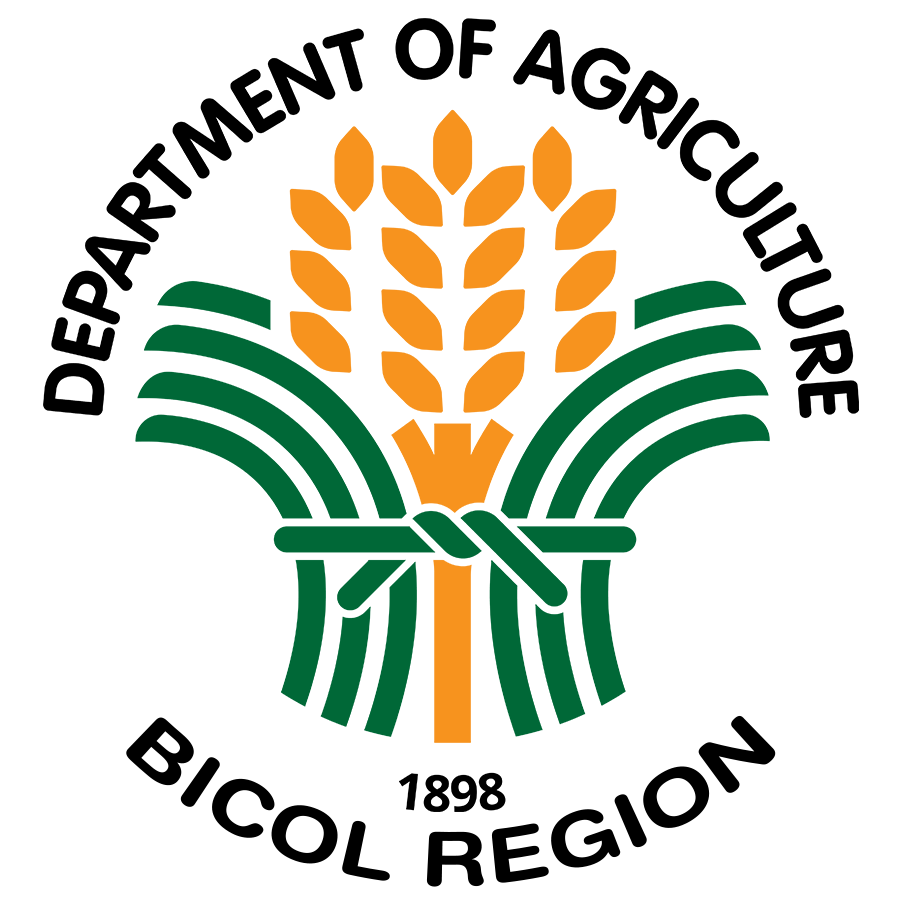Three months after the last active African Swine Fever (ASF) case in Bicol was contained, the Department of Agriculture in Bicol is halfway through its calibrated swine repopulation program. The Livestock Program has targeted to distribute 4,275 piglets to the hog raisers previously affected by ASF to propel the hog industry towards complete recovery.
According to Dr. Marissa Guillermo, Livestock Program regional coordinator, a total of 3,345 piglets have been distributed to 23 municipalities as of this writing. Ten (10) municipalities in Cam. Sur; 9 in Albay; 1 in Cam. Norte; and 3 municipalities in Sorsogon.
The hog raisers from Pili, Cam. Sur were the latest recipients of the 2-month-old piglets which were distributed at the LGU offices.
Three heads of piglets were given to the smallholder or backyard hog raisers supported with six bags of feeds (3 starter feeds and 3 grower feeds) to help them start anew in their livelihood. The piglets are being distributed to the beneficiaries from municipalities that had no reported ASF cases for at least 80 days.
To date, 36 towns/cities are in the pink zones or ASF-free, out of the 65 towns/cities that battled ASF from 2020 to 2022. The rest are waiting for ASF free declaration upon their submission of pertinent documents for zone progression, such as a copy of the municipal ordinance/executive order on the adoption of BaBay ASF Program; a copy of farm registry of the municipality; a summary of ASF history in the municipality (outbreaks, surveillance and disease control measures); and list of training on Swine Biosecurity attended by hog raisers and LGU staff.
The DA’s Calibrated hog repopulation and Bantay ASF sa Barangay (BABay ASF) program are in partnership with the local government units (LGUs), hog raisers’ groups and the private sector.
The zero ASF incidence in Bicol is a result of the strict surveillance and monitoring efforts being conducted by the DA Bicol in collaboration with the Bureau of Animal Industry, the provincial and municipal LGUs as well as barangay officials, hog raisers’ groups and the private sectors involved in the swine industry. (LOVELLA P. GUARIN – RAFIS 5)
